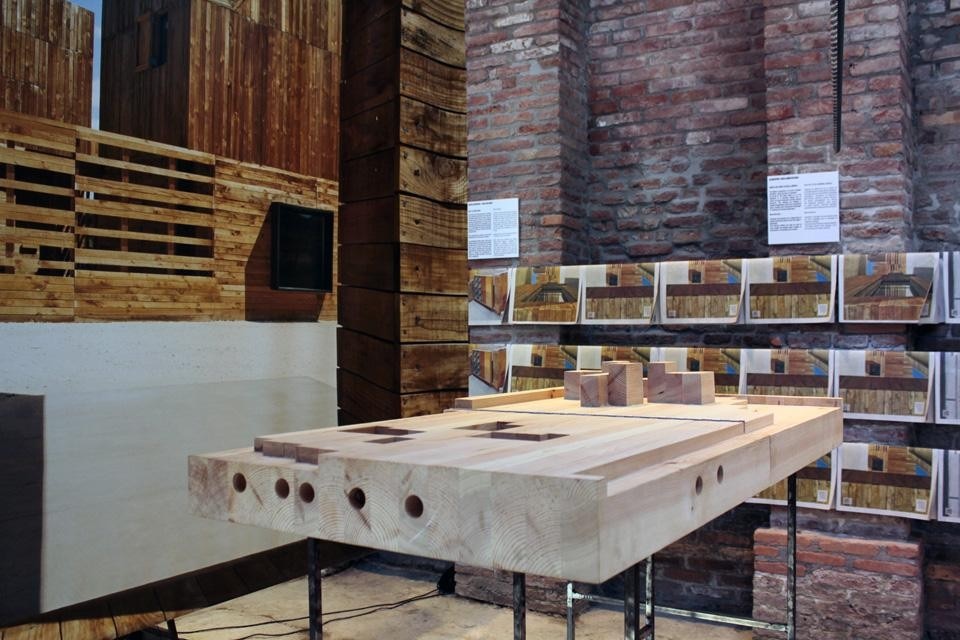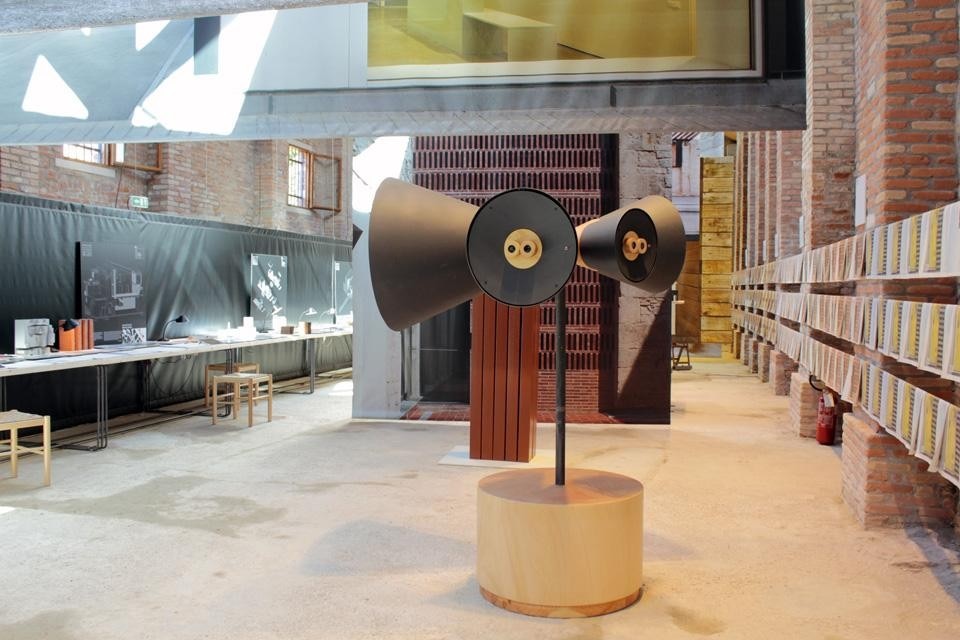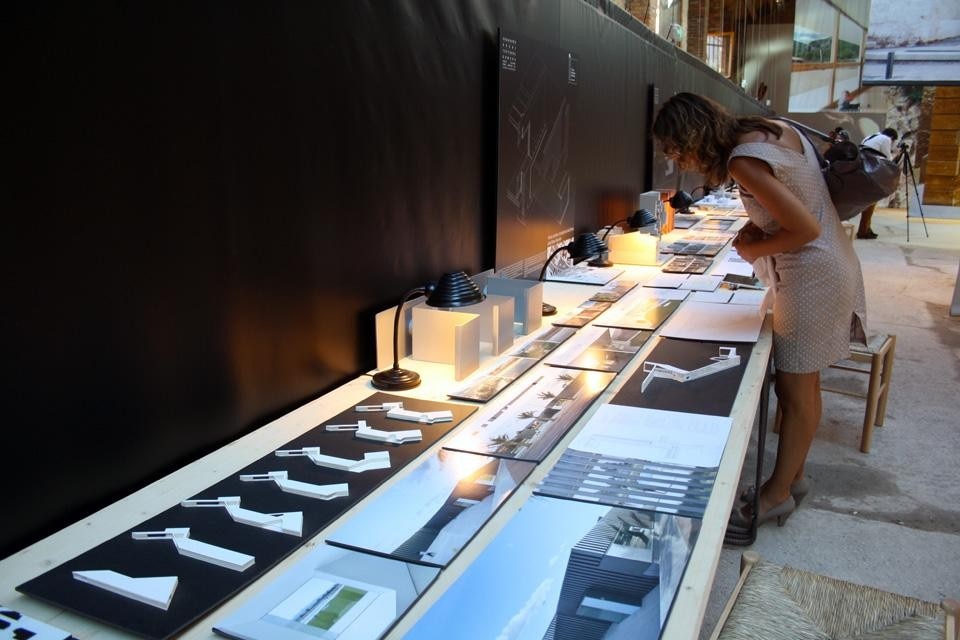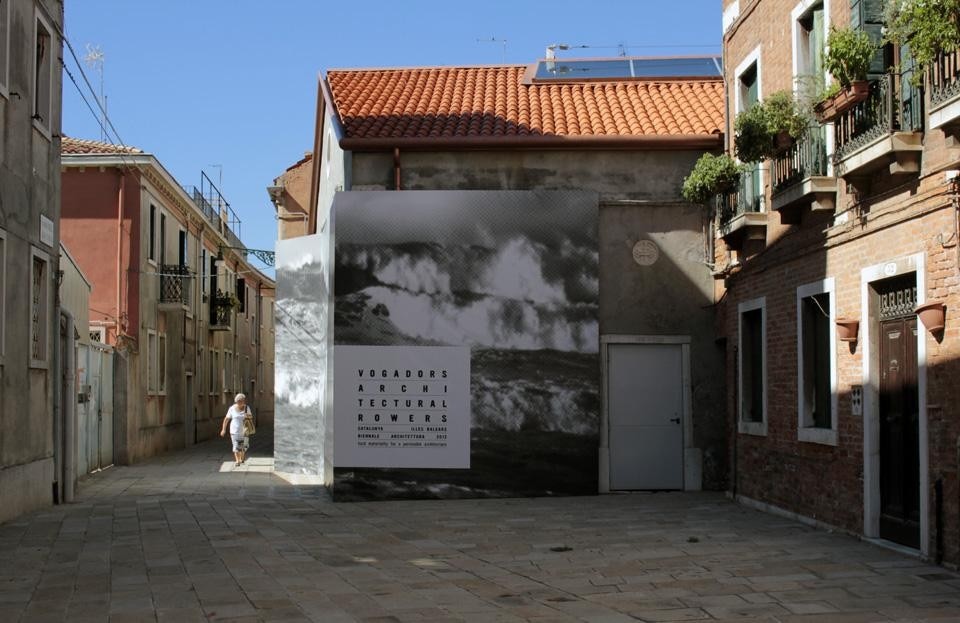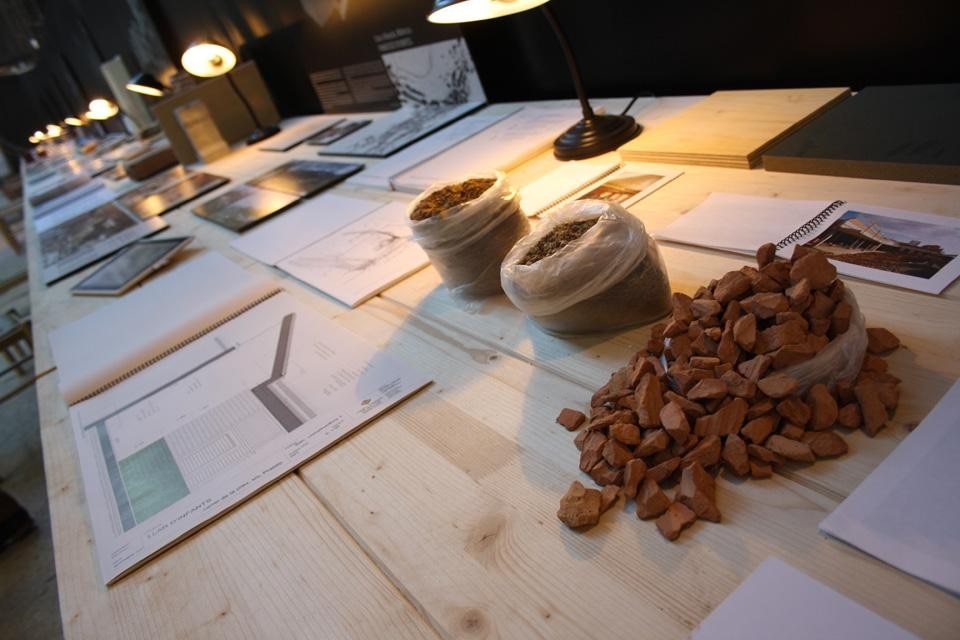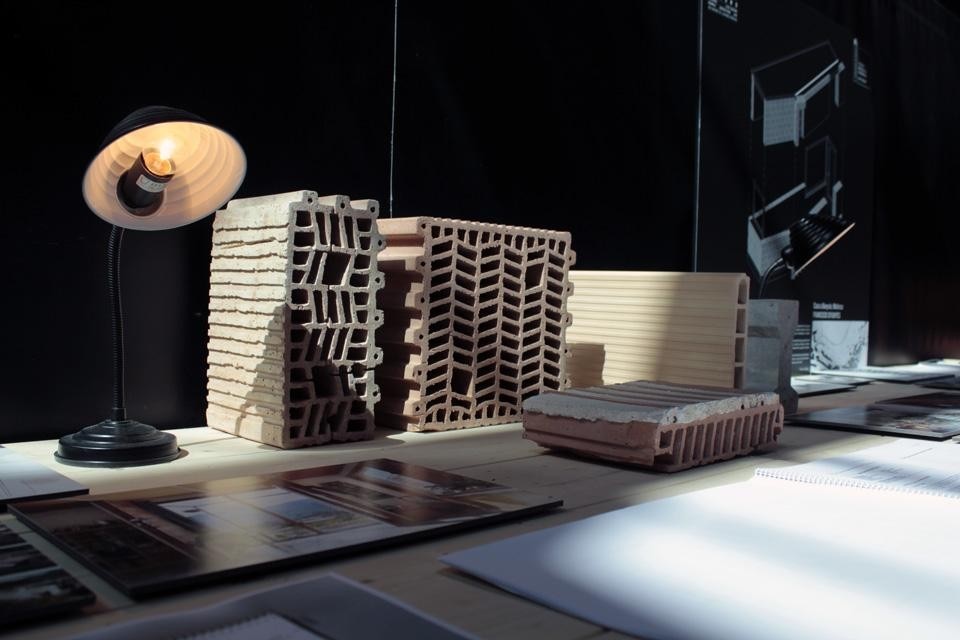The idea of moving forward towards the future while learning about, remembering and re-thinking the past is a good maxim for reflecting on the transformations that have taken place in architecture over the past five years. It is a different way of viewing the past, critical and yet pessimism-free, establishing what we can learn from years prior to and since the real estate bubble and what we should cast aside in order to refocus on a kind of architecture that is more accessible and valid for today's times. In order to achieve this, curators Félix Arranz and Jordi Badia have selected, for Vogadors, the Catalonia and Balearic Islands Pavilion at the Venice Architecture Biennale, nine works with various common nodes, including materiality and permeability, tradition and contextualisation. Working out how to delineate the desired message and the characteristics to convey is hard, and this is why Arranz and Badia have focused on the architecture of one generation, young architects who have achieved recognition for work that is painstakingly executed, regardless of its scale.
Among the wide variety of pavilions and exhibitions at the Biennale — tackling a range of often very diverse themes and sometimes causing an information overload that is hard to assimilate — Vogadors is notable for its narrative consistency; it is easy to grasp the pavilion's line of argument as soon as you start to walk around it. The entrance corridor presents a vertical mosaic titled "contexts", which contains a selection of 150 works by various architects, welcoming visitors and showcasing the different kinds of architecture in Catalonia and the Balearic Islands, while simultaneously paving the way for the main exhibition. The mosaic includes works by architects such as Enric Miralles, Josep Llinás, Marta Peris, Carme Pinós, RCR Arquitectes and Eduard Bru, as well as many others. These are architects with local origins, but whose work extends into the international sphere, having carried out their projects at different times and in various places.
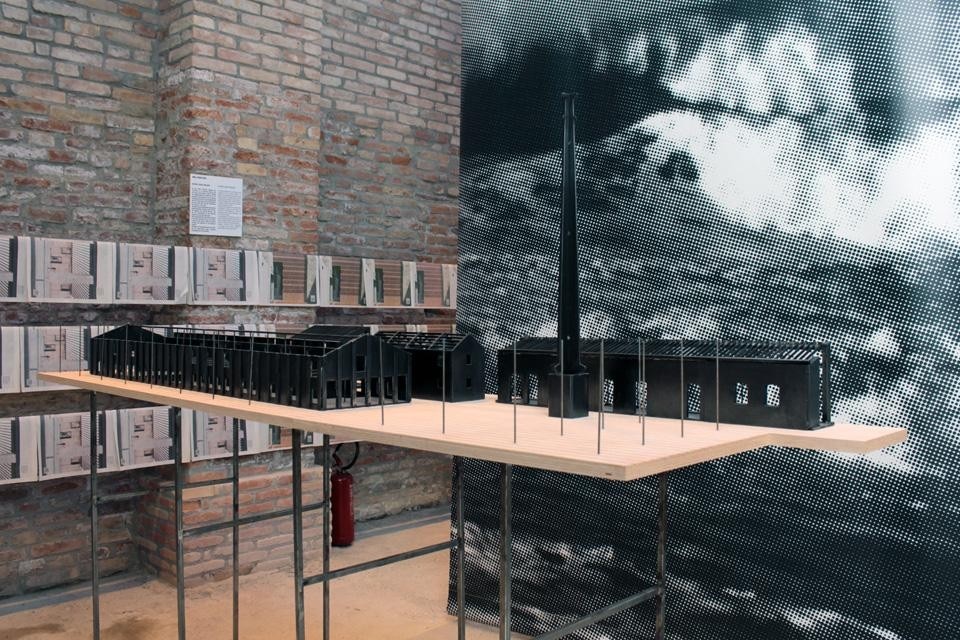
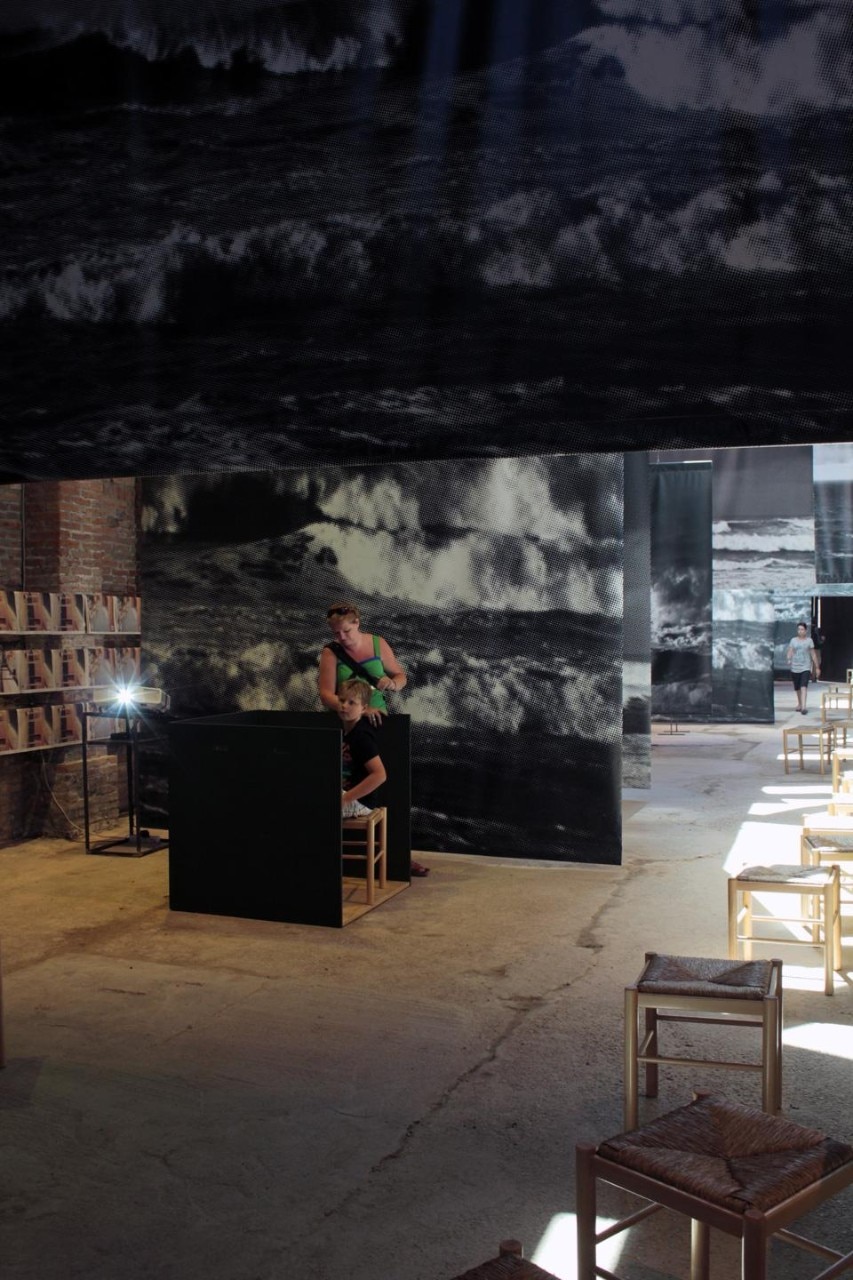
This way of creating architecture has traditionally been linked to the earth, to materiality, and this is why the exhibition includes a table that runs along the side which is used to display materials in their original state
